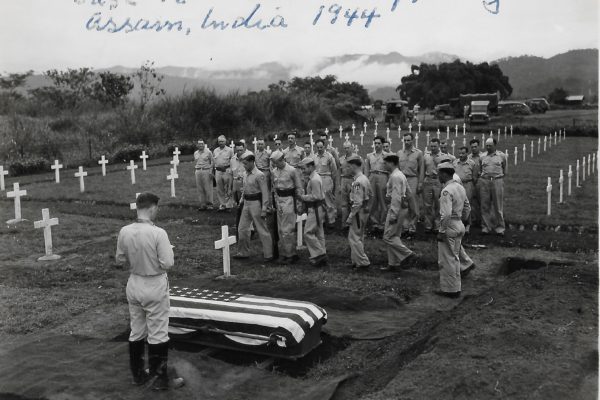Thomas Nast Anti-Irish Cartoons
...us better understand the culture of the United States during the 1870s. Examining cartoons is an important tool because, as historian Thomas Milton Kemnitz asserted, the cartoons’ value rests in what they can “reveal about the societies that produced them.” [3] Once a cartoon is understood within its historical context,
Catholics in WWII
...stant chaplains.[6] O’Hara’s letter also included a list breaking down the number of chaplains from each diocese, in which Philadelphia had the second most with 51. As the war continued that number would increase to 68, unfortunately eight of those Philadelphia priests would die in the war, the most of
Collection Development Policy
...ess to American Catholic Historical Society collections is practically unlimited and major portions of the Seminary and Archdiocesan materials are open to researchers. Access restrictions to Seminary and Archdiocesan records apply to all unpublished materials after 1920; however, these materials may be opened to researchers with special permission. DONATIONS In
Parish Histories and Calendars
...from parishes located in surrounding dioceses. The Parish Calendars are similar to current parish bulletins in that they contain such information as parish events as well as marriage and death announcements. Unlike the weekly bulletins, however, the calendars were printed monthly and include much more content, providing parish history information,



